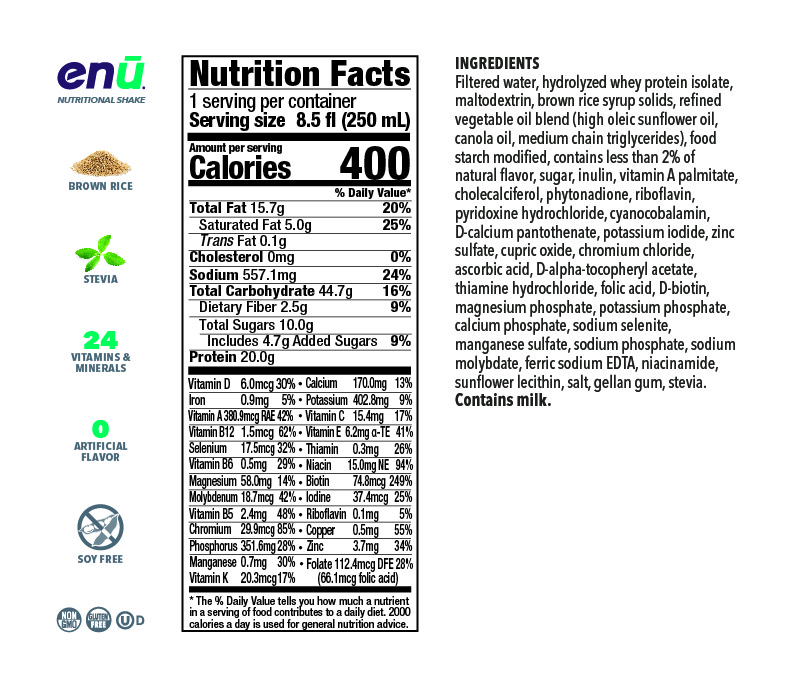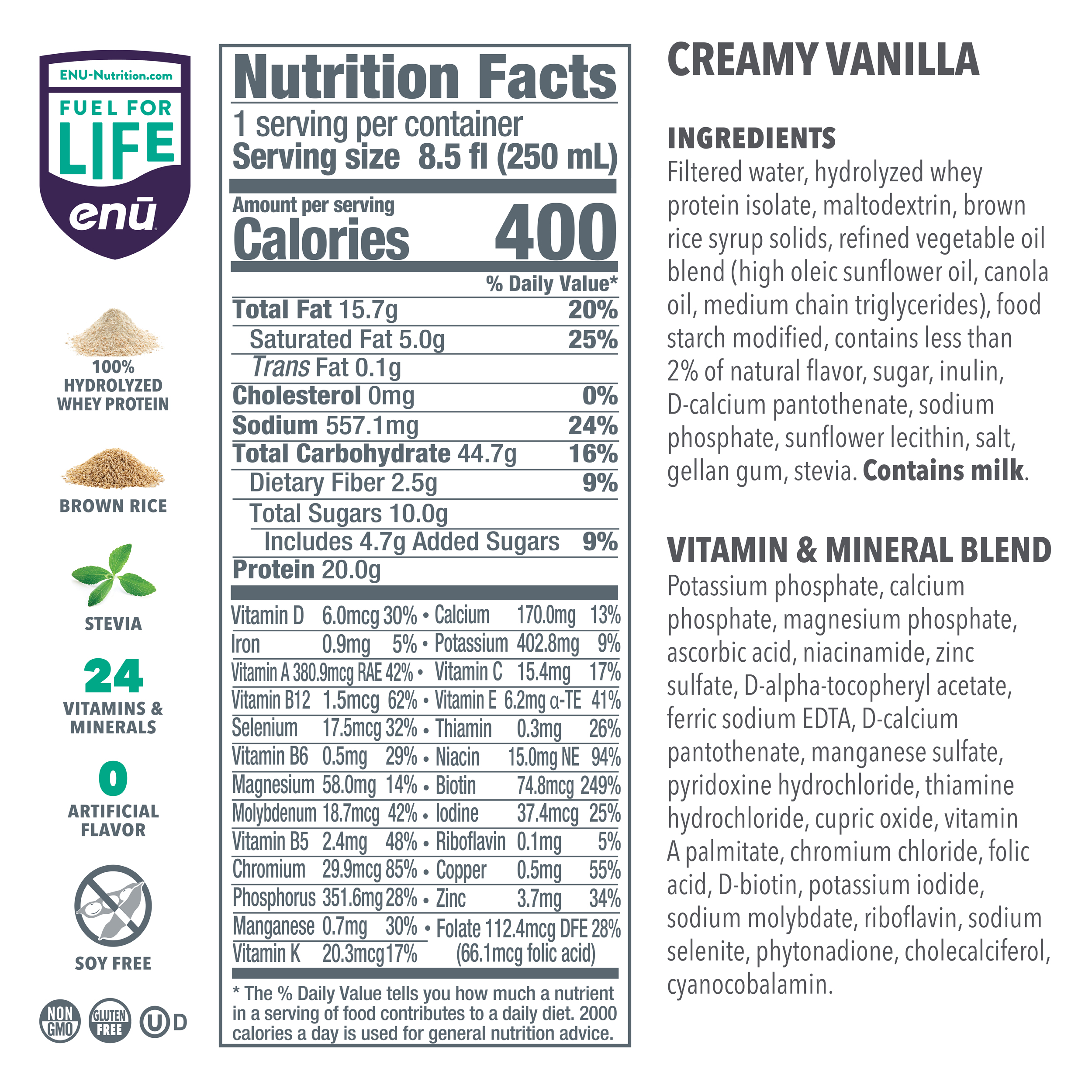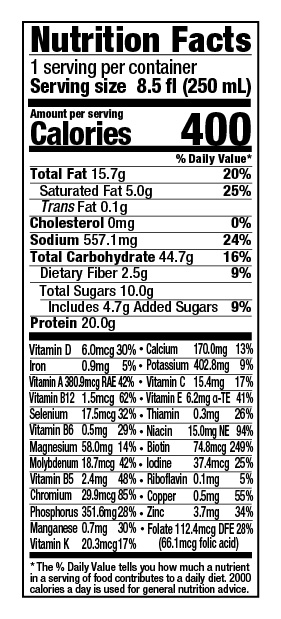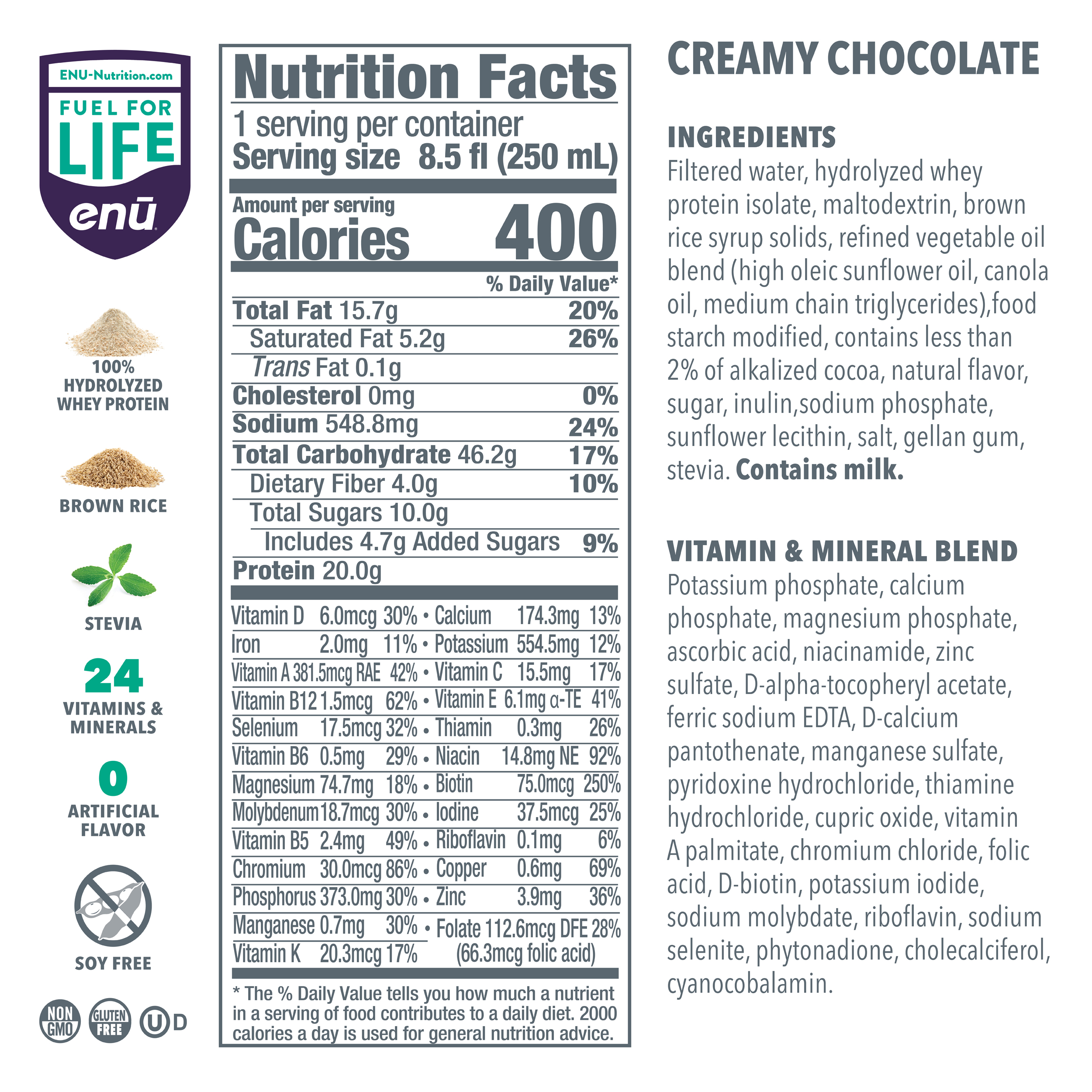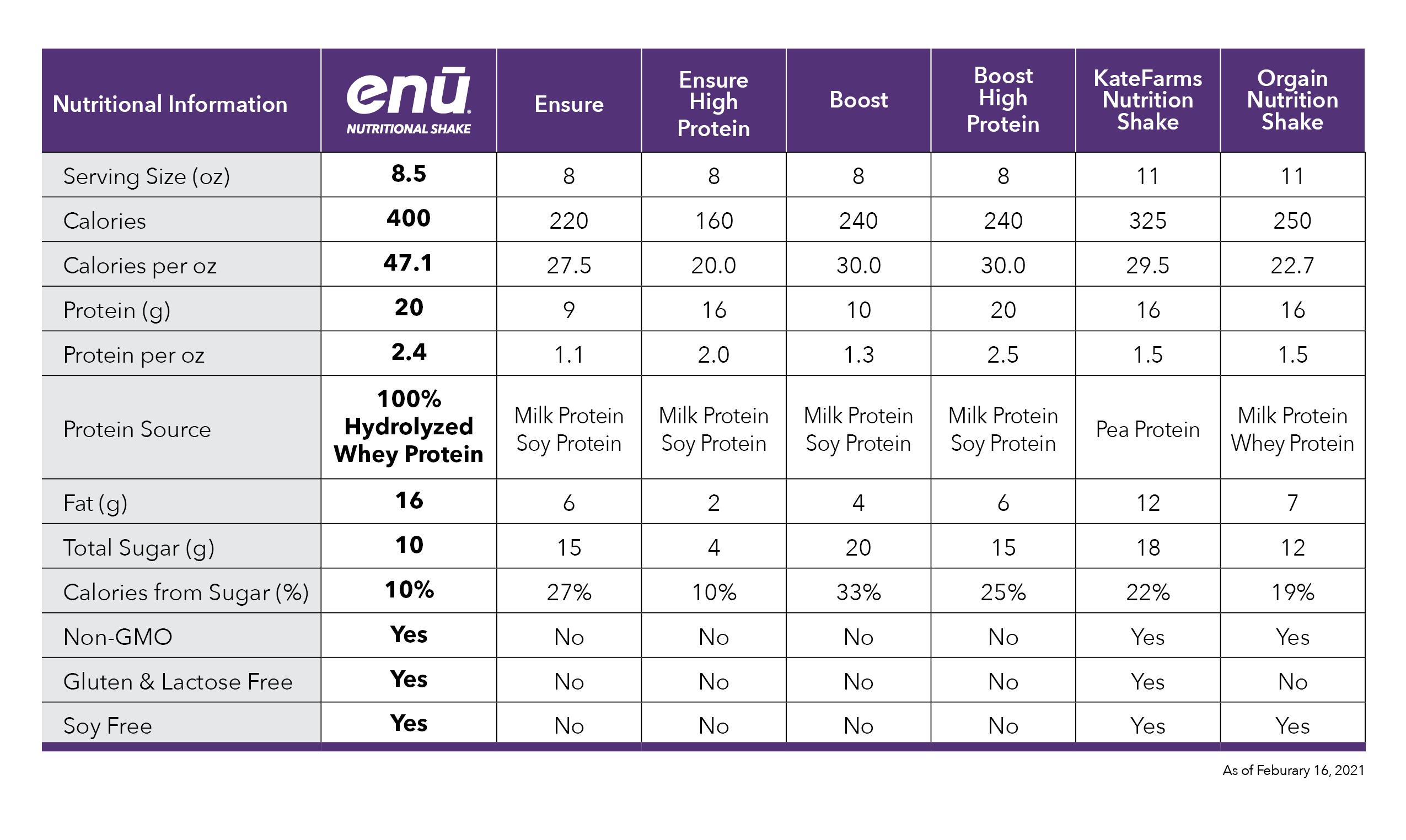
Get a FREE
ENU Intro Pack*
*Just Pay $2.00 Shipping

Why Am I Losing Muscle Mass in My Thighs?
Many people are familiar with the most common effects of aging on the body – the slowed movement, the difficulties seeing or hearing, the changes in mood or thinking. While the causes of these changes are often simply chalked up to “old age,” the fact remains that there are underlying biological mechanisms related to each, some of which can be slowed, stopped, or even reversed given time and the proper intervention. As one of the biggest limitation on the lifestyles of older adults – and even some younger people – a lack of mobility caused by reduced strength and muscle mass in the legs may be a good place to start these interventions, since there is likely a way you or your loved one can address the issue. So, why are you losing muscle mass in your thighs, and what should you do about it? To find out, keep reading as the experts at ENU – makers of protein shakes for seniors – provide some answers.
What Do You Call a Loss of Muscle Mass in the Thighs?
Although it’s obvious that the legs are primarily responsible for our level of mobility, it may be less clear that the thighs, in particular, are what impart the strength we need to get around comfortably and independently. For this reason, a loss of muscle mass in this area can have a significant impact on a person’s quality of life, so, if you want to fix the problem, it’s critical to understand what could be causing the issue.
The two most common conditions that can cause people to lose muscle mass in their thighs are called cachexia and sarcopenia. While both can (and frequently do) affect older adults, they can also influence the health of those in other age groups, especially if they suffer from a serious illness, such as cancer. Below, our team will discuss what distinguishes these conditions from one another and what you can do about them.
The Loss of Thigh Muscle Mass Caused by Cachexia
The first of these conditions is cachexia (pronounced “kuh-kex-ee-ah”), an ailment characterized by the significant loss of body tissue. While this condition often affects fat, the greater concern is its effect on muscle tissue in the thighs and elsewhere, which can be substantial. Unfortunately, cachexia can be a very difficult condition to treat, as it results from extensive changes to the body’s metabolism, rather than a simple lack of nutrients or exercise.
In those with a variety of major illnesses – including advanced cancer, HIV/AIDS, chronic obstructive pulmonary disease (COPD), kidney disease, congestive heart failure, cystic fibrosis, and Crohn’s disease – the body can undergo changes that force the use of additional energy to survive. Although the ways in which these conditions cause cachexia and a loss of muscle mass in the thighs tend to differ somewhat, they generally involve an increase in metabolism, chronic inflammation, or prevention of muscle growth.
While many conditions that cause a loss of muscle mass in the thighs can be countered by observing a proper diet and getting exercise, these methods are often less effective for individuals with cachexia, because the underlying health issues causing the loss of mass are severe and will probably not go away until treatment can be rendered for the illness in question. That said, adequate calorie and protein intake is important, and light exercise (when tolerable) may be able to help build muscle mass in the thighs as well. Ask your doctor about this issue and what you can do to improve your strength and muscle tone.
How Sarcopenia Can Cause a Loss of Muscle Mass in Your Thighs
Whereas cachexia is severe and caused by an acute illness, sarcopenia tends to be much more manageable and is caused by the gradual effects of aging. In fact, from age 30 to age 60, an average adult will lose as much as half a pound of muscle mass per year, some of which is bound to come from the thighs, and that rate of muscle reduction only speeds up as a person gets older; those past age 70 can lose more than 1% of their muscle mass per year.
To fight this steady wasting and build muscle mass in your thighs, it’s important that you observe proper nutrition – especially as it pertains to protein and vitamin D intake – and maintain a regular exercise schedule. To avoid injuring yourself, be sure to talk to your doctor before starting a workout routine, and you may also want to work with a qualified trainer to identify the exercise and resistance levels that are best for your situation.
As far as nutrition goes, a good rule of thumb is to get at least 1 gram of protein per kilogram of body weight, or about half a gram per pound. If you struggle to consume the amount you need, consider making some changes to your diet, including eating smaller, more frequent meals; using meal replacement shakes that are high in protein; or eating your meals in a social setting, such as with friends or family members.
Nutritional Support Available for People Losing Muscle Mass in Their Thighs
If you or someone you know has been experiencing a loss of lean muscle mass due to cachexia, sarcopenia, or any other cause, talk to your healthcare provider about adding an ENU meal replacement shake to your diet. Our products are high in protein – you get 20 grams per carton – and offer many other key nutrients as well, including vitamin D. To learn more about the benefits of the protein shakes and nutritional powders available at ENU, visit us online or call us today at (855) 266-6733.




